Pantelleria is an island of volcanic origin that lies between Africa and Europe, in the heart of the Mediterranean, in that wonderful land called Sicily. It is known as the Black Pearl for its wild and fascinating landscape, full of contrasts and surprises.
If you are looking for a vacation full of sun, sea, relaxation, nature and culture, Pantelleria is the ideal destination for you, and and in this ultimate guide we will reveal all the secrets of this unique and unforgettable island.

How to get to Pantelleria: flights and ferries
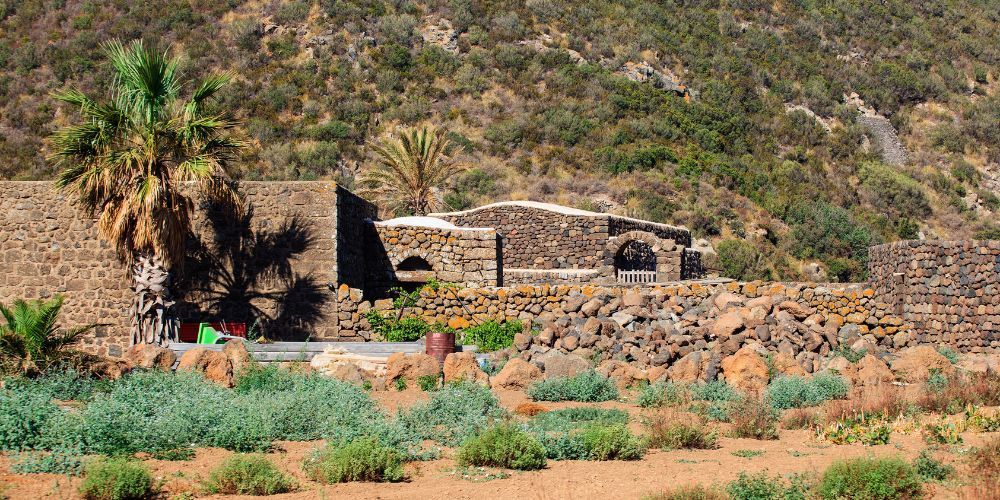
If you are thinking of staying in Pantelleria, you may be interested to know that the typical dwelling on the island is the dammuso: a lava stone construction with a domed roof that provides coolness and comfort.
Dammusos are scattered throughout the island and can be rented for short or long periods. Some even have a swimming pool, garden or sea view. If, on the other hand, you prefer a more traditional solution, you can choose from the many hotels, farmhouses, bed and breakfasts or campsites in the area.
What to see in Pantelleria
As mentioned, Pantelleria is an island rich in natural, historical and cultural attractions. The Sicilian municipality offers several must-visit locations, and among those not to be missed are the Specchio di Venere lake; the Barbacane Castle, Giardino Pantesco and the Montagna Grande.
Lago Specchio di Venere
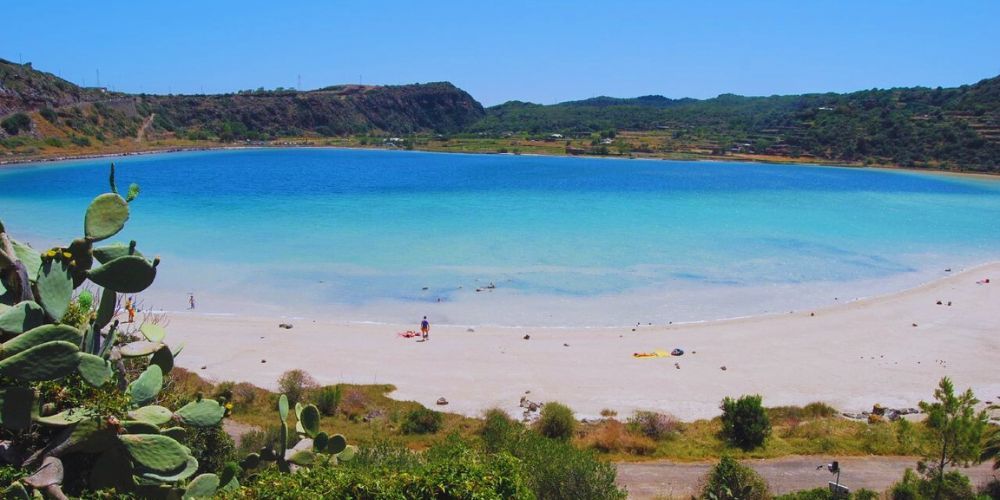
Among the natural wonders of the island of Pantelleria that you will find in this guide, il Lago Specchio di Venere (Lake Mirror of Venus) is one of the most fascinating. It is a basin of volcanic origin, fed by underground springs and surrounded by an evocative landscape. Its name comes from an ancient legend that the lake was the favorite mirror of the goddess of love, Venus, who was reflected in it before meeting her beloved Bacchus.
The lake has an emerald green color that changes shades according to sunlight and the presence of algae on the bottom. Its waters are warm and salty, with a temperature ranging between 40 and 50 degrees Celsius. Hot springs that contain sulfur and other health-beneficial minerals gush out on the southern edge of the lake. In fact, the mud that covers the bottom has skin-healing properties and is used for aesthetic and therapeutic treatments.
Lake Venus Mirror is easily accessible from Bugeber, either by car or bicycle.
Barbacane Castle
Barbacane Castle is an ancient fortress overlooking the old harbor and owes its name to an outer fortification, called Barbacane, which served to defend access to the harbor from enemy attacks. However, due to an error by a 19th-century official, the name Barbacane was given to the castle itself.
The castle has very ancient origins: it was built by the Byzantines between the sixth and seventh centuries, but was modified and enlarged by the Normans in the twelfth century, who added a round tower with a cross engraved on the top. This cross represented the symbol of the Christian reconquest of the island, which had been under Arab rule for three centuries.
Visiting the castle, one can discover the various rooms that housed different functions: the dungeons, where prisoners were locked up; the governor's house, where political affairs were conducted; the troop quarters, where soldiers stayed; and the tower of St. Barnabas, where ammunition was stored. A clock with two bells, one of which dates back to 1750, can be seen on the circular tower.
Giardini Panteschi (or Pantelleria Gardens)
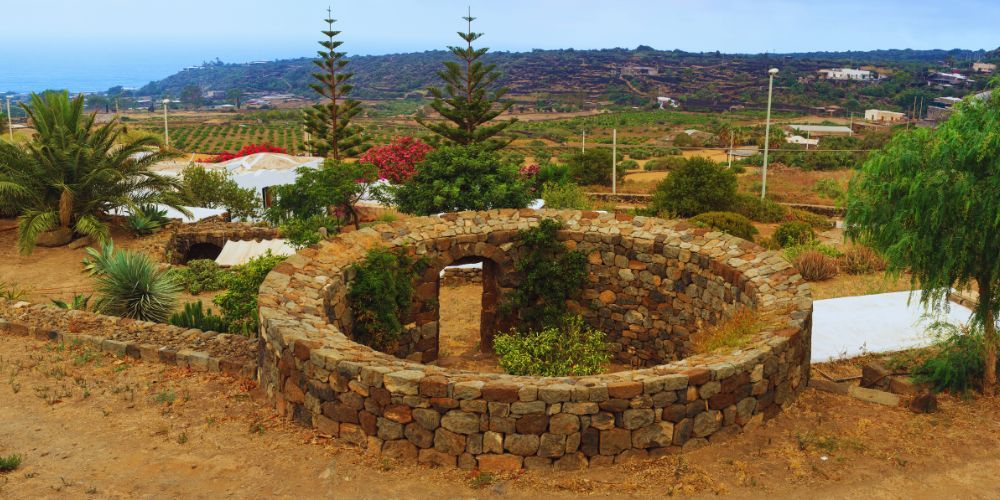
Pantelleria Gardens are circular dry-stone structures that protect plants from weather and drought. These works are lampane examples of the wisdom and hard work of Pantelleria's farmers, who were able to create an ideal microclimate for crops, taking advantage of the island's scarce water resources.
Their origin is very ancient, perhaps linked to the presence of the Arabs on the island, and they represent an invaluable cultural and landscape value. For this reason, the FAI (The National Trust for Italy) helped to have them recognized as a Unesco heritage site, thus safeguarding a unique tradition in the world.
Montagna Grande
The Montagna Grande (The Great Mountain), at 836 meters above sea level, is the highest point in Pantelleria. It is a peak that dominates the island with its imposing bulk and offers striking scenery to those who visit it. The Montagna Grande is part of the Riserva Naturale Orientata di Pantelleria, a protected area that preserves a rich biodiversity of plants and animals typical of the Mediterranean maquis.
To reach the summit, one can take a paved road that starts from the contrada Sibà. Along the way, you can follow paths that lead to various viewpoints. From here one can enjoy spectacular views of the crater of Mount Gibele, the districts of Khamma and Tracino, and, on clear days, the Sicilian coast.
Another attraction of the Montagna Grande are the favare, natural fumaroles that testify to the volcanic activity still present on the island. The Montagna Grande is a must-see destination for those who love nature and trekking.
What to do in Pantelleria? Here are three suggestions
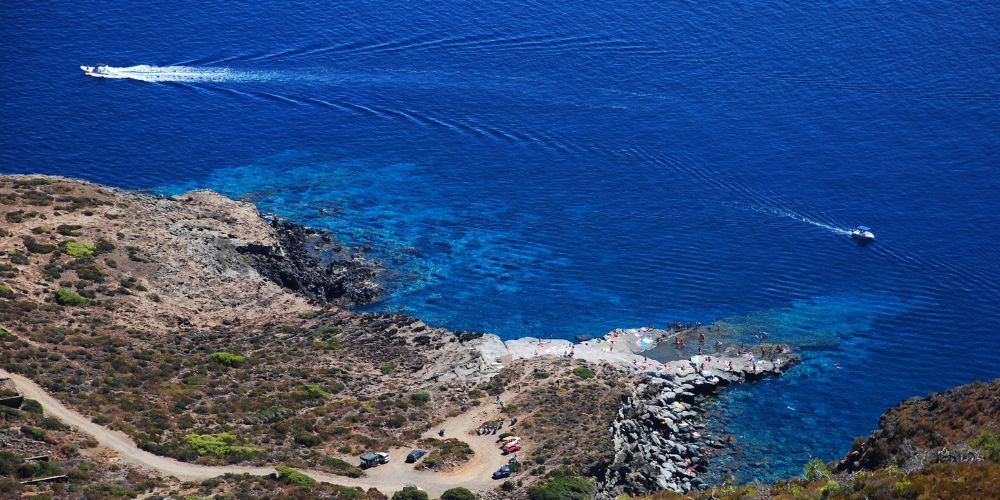
As we have seen in this definitive guide, Pantelleria offers numerous activities to have fun and discover the island in an alternative way. Among the most popular are:
- Tour the island by boat to admire its rugged coastline, sea caves, hidden coves, and crystal clear waters. You can rent a motor or sail boat or join an organized mini-cruise.
- Scuba diving, to explore the seabed rich in marine life, submerged wrecks, and underwater volcanic phenomena. You can rely on one of the many diving centers on the island that offer courses and equipment for all levels.
- The tasting of typical Sicilian products, to savor the authentic flavors of the island. Dishes not to be missed include fish couscous, zighinì (a spicy meat stew), sweet ravioli stuffed with ricotta and cinnamon, and Passito di Pantelleria, a fortified wine made from zibibbo grapes.
About the author
Written on 08/06/2023


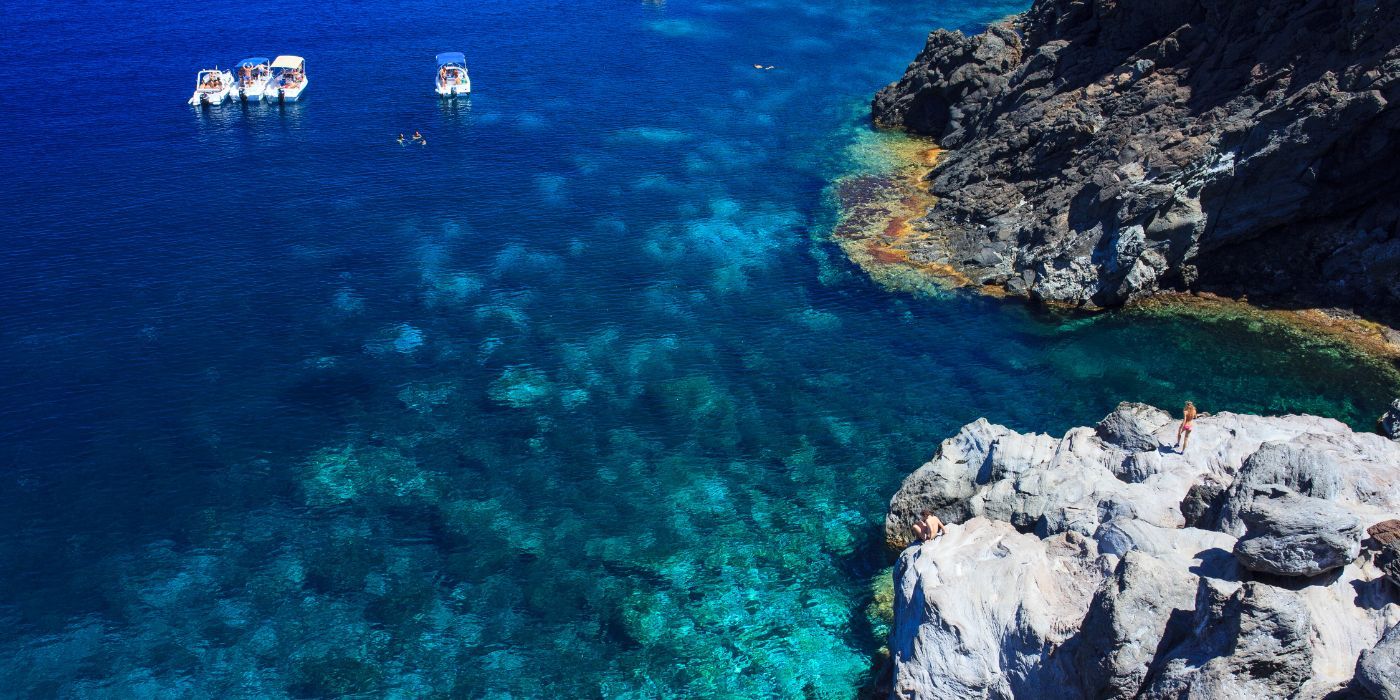
Marco Brunasso
Amid beaches, breathtaking cliffs and Arab-derived structures, we set out to discover Pantelleria, the Black Pearl of the Mediterranean Sea.